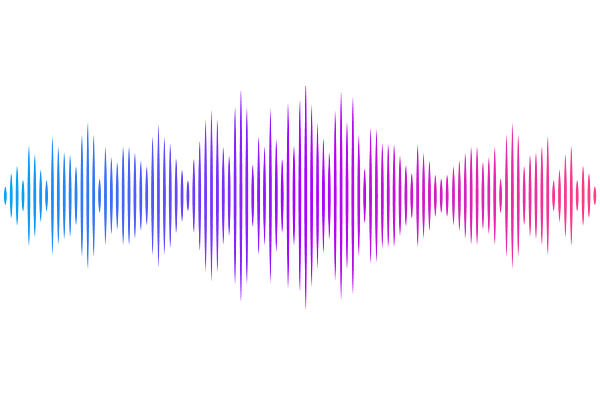Combining IceCube Muon Tracks and Cascades to measure the Galactic Diffuse Neutrino Flux

Combining IceCube Muon Tracks and Cascades to measure the Galactic Diffuse Neutrino Flux
Jonas Hellrung for the IceCube Collaboration, Julia Becker Tjus for the IceCube Collaboration, Wolfgang Rhode for the IceCube Collaboration
AbstractThe diffuse Galactic neutrino flux is produced by cosmic rays interacting with the interstellar medium. The measurement of this flux can help to understand the distribution of cosmic rays in the Galaxy. The first observation of this neutrino flux was published in 2023 by the IceCube Collaboration. Here, plans for a new analysis combining different event topologies are presented. IceCube measures events in two main topologies. Tracks, originating in charged current $\nu_\mu$ interactions, provide a better angular resolution. In contrast, cascades, from most other possible interactions, provide a better energy resolution and are able to observe the Southern sky (and therefore the Galactic Center) despite the huge background of atmospheric muons. Combining both event topologies in one analysis exploits all these advantages. Sensitivities and model discrimination power of a combined measurement using a forward folding binned likelihood fit are discussed here.